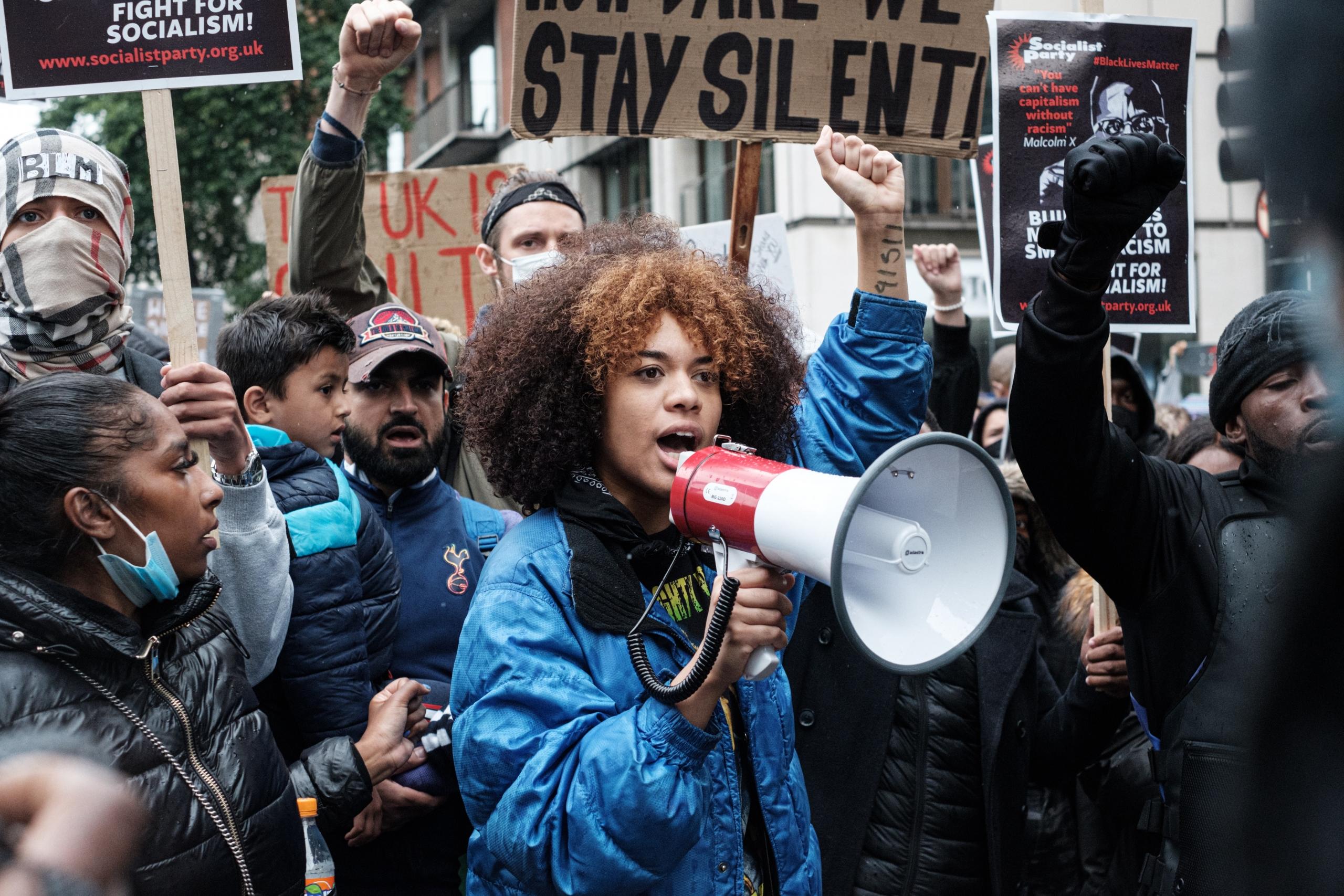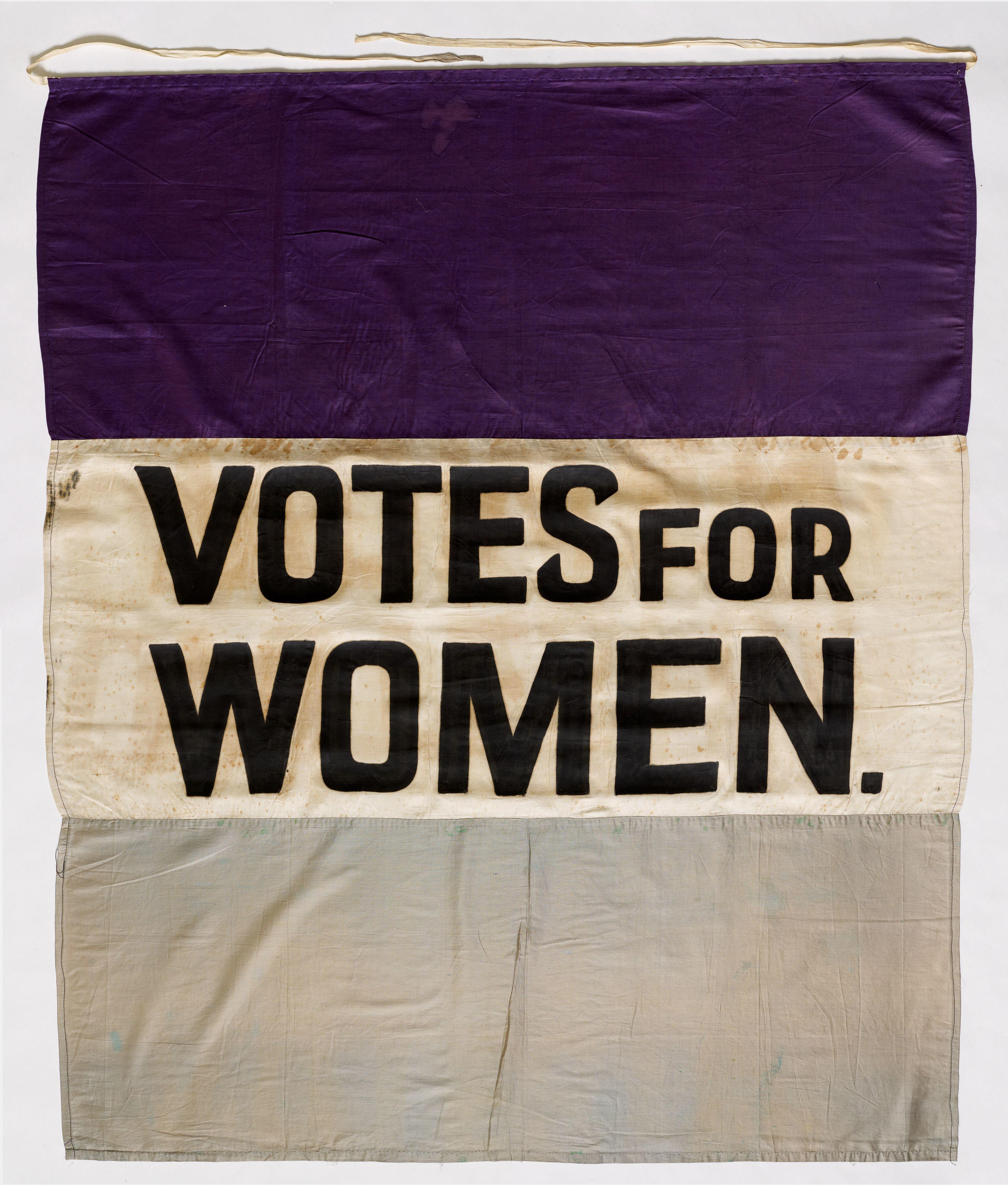The first wave of feminism which occurred during the 19th and early 20th centuries was characterised by several legal and equality issues, but mainly on women’s right to vote.

Origins of a Feminism First Wave
The term first-wave feminism first appeared soon after journalist Martha Lear published an article in the New York Times in 1968 titled ‘The Second Feminist Wave’ which reported on the issues that women during the 1960s had protested. These issues were different to 19th and 20th-century feminism and were focused on women’s rights for political power and in particular, the right to vote.
The origins of the feminist movement debate began in the 15th century when philosopher Christine de Pizan. These conversations continued during the Age of Enlightenment when philosophers like Rousseau attempted to define the ideal democratic society for both genders and every ethnic group.
These inherent exclusions of women in public and political life were addressed by writers like Mary Wollstonecraft and other authors of feminist theory. Wollstonecraft in particular contributed to first-wave feminism by expanding on Rousseau’s democratic definition of society where the gender equality theme was critical. In her book A Vindication of the Rights of Woman (1792), she promoted both social and moral equality for both sexes. She was known in first wave feminism for speaking her mind and being bold about public life for women and education.
Wollstonecraft was groundbreaking in the feminism first wave and established a legacy for British suffragette campaigners.
Feminist Theory and the British Suffragettes
Every country has a unique history concerning women's suffrage because of the way the feminist movement evolved in each one. Great Britain as one of the pioneers and great contributors of feminist theory is certainly worth a look.
Encouraged by John Stuart Mill through his published work The Subjection of Women in 1869, British suffrage gained further momentum after the success of the Seneca Falls Convention in 1865. At this time, women’s groups like The Langham Place Ladies and Kensington Society gathered petitions, wrote for journals and newspapers and made a steady contribution to first-wave feminism.
The suffragette was the name given to describe activist members in the early 20th century, particularly the British Women's Social and Political Union (WSPU), which was founded in 1903 by Emmeline Pankhurst. The suffragettes actively fought for the right to vote and often engaged in civil protests.
Because this kind of civil action was representative of a masculine stereotype, the suffragettes made themselves more fashionable by embracing a colour theme of purple for loyalty, white for purity and green for hope. These colours continue today, even though their meaning has changed over time.
In addition to their protests and petition raising, suffragettes of the feminism first wave would also fundraise and use other channels to fight their cause. Their mission was to gain as much support through signatures as possible and grow as much awareness as they could for the feminist movement they could.
Even though the notion of a feminist theory grew and their efforts were stellar, they were unfortunately not enough to make a lasting impact on either the public or government. As a result, in 1912 the feminism first wave became more radical. Not only did militant protestors chain themselves to railings and set fire to post boxes but they even smashed windows and detonated bombs. This was not unlike some of the more violent protests that we see around the world today.
It was only during the first and second world wars that women began to occupy roles that were usually reserved for men. These opportunities made the value of women in the workplace abundantly clear. From here, even though the feminist movement continued to grow, there was a dividing school of thought that advocated for preserving the traditional image of women as mothers and homemakers.

Electoral reform only came after World War 1 with the establishment of the Representation of the People Act in 1918 which gave women over 30 years of age, the right to vote. It took a further 10 years and many contributions towards feminist theory for women to gain electoral quality with men allowing them the right to vote at age 21.
Even though these electoral reforms and political changes were a victory for the first wave of feminism, it took much longer for social reforms to gain the traction that was so desperately sought.

International Suffrage in the First Wave of Feminism
United States
The publishing of the 1790 influential essay On the Equality of the Sexes by Judith Sargent Murray, as well as the Seneca Falls Convention in 1848 were both major contributors to the first wave of feminism in the United States.
For instance, the National Woman Suffrage Association (NWSA) was more radical than the Woman's Christian Temperance Union for example. However, both these groups were a result of the Second Great Awakening that grew the numbers of female reformers in the United States during the early 19th century.
On one hand, the NWSA was known for aggressive and radical tactics while other groups focused on political pressure like petitions and campaigns to bring about reform.
Feminist theory was directly related to the abolitionist movement, which meant the end of both slavery and universal suffrage for all men and women. It was necessary for both movements to work together to accomplish true equality with regard to discrimination in race and gender.
In 1920, the Nineteenth Amendment to the United States Constitution meant that women were granted the right to vote.
Other Countries
Each country had its own first wave feminism movement that either achieved success for women’s suffrage or began a significant political fight during this period. The reason that there are major differences with regards to the feminist movement between countries is because of their unique history, laws and political systems.
White Feminism and Critics of First Wave White Feminism

Achieving equality is more difficult than it seems and can vary from country to country. Like any organised movement, the feminist movement had critics. These included those who pointed out that there was too much focus on white women. This criticism labelled white feminism was described as a failure to acknowledge intersectionality in its struggle for equality. Furthermore, it argued that white feminism did not include a stand against the oppression of other minority groups like the disabled or less privileged.
Even though it is a relatively new concept, the critics of white feminism and white women were vocal from as early as the movement’s first wave and were most prolific in the United States.
Inequalities
The first wave of feminism in the United States saw two fights happening at the same time. One was concerned about the equal rights of white women and the other was a struggle for the equality of black women. White women protested against gender inequality regarding issues like the right to vote, professional opportunities, access to education and economic equality. Black women, on the other hand, faced all of these issues in addition to the monumental fight against racism.
These unfortunate disparities only increased as a result of subsequent racial exclusions and the prevalence of white supremacy. This impasse did not only exist in the United States but also in other countries that faced social difficulties related to, racism and classism towards their ethnic and minority groups. As a result, issues like gender minorities, disabilities and much more began to receive more attention during the feminist movement’s second wave.















